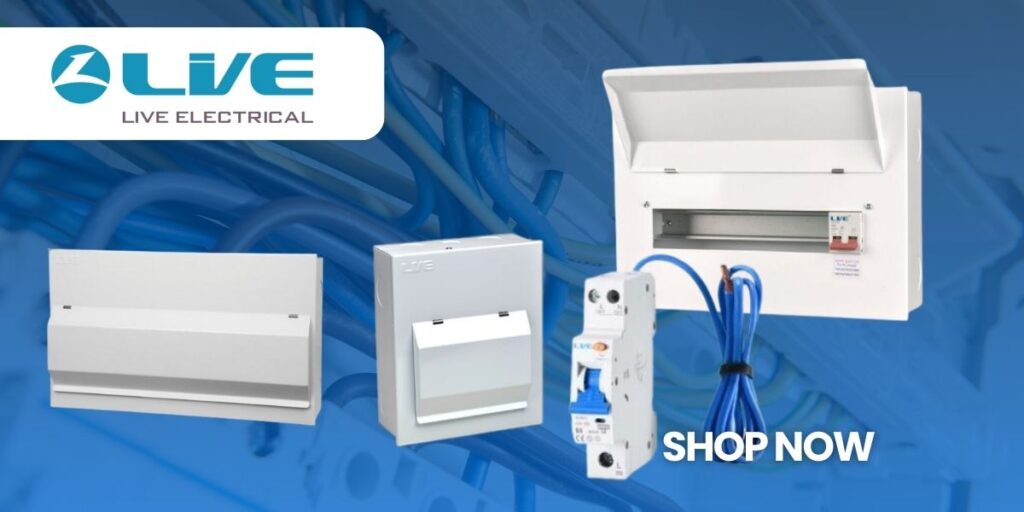
When it comes to home electrical systems, the consumer unit is one of the most important components. Whether you’re upgrading your existing system or installing a new one, understanding consumer units can save you time, money, and ensure the safety of your household. In this comprehensive guide, we’ll answer all the key questions about consumer units.
What Does the Consumer Unit Do?
A consumer unit, commonly known as a fuse box or distribution board, is responsible for distributing electricity throughout your home. It takes the incoming power from the electrical supply and divides it into different circuits, protecting each with circuit breakers or fuses to prevent electrical overloads and faults.
How Do You Know If You Need a New Consumer Unit?
There are several signs that indicate it may be time to replace your CU, including:
- Frequent tripping of circuits
- Burning smells or unusual noises
- Outdated fuse wire systems
- Lack of RCD (Residual Current Device) protection
- Visible signs of wear and damage
If you’re unsure, it’s best to have a qualified electrician conduct an inspection.
How Much Does It Cost to Fit a New One?
The cost of installing a new CU varies depending on several factors, such as the size of the product, the complexity of the installation, and the region you live in.
Can I Fit a New Consumer Unit Myself?
No, fitting a CU yourself is not recommended unless you are a qualified electrician. Electrical installations must comply with strict safety regulations, and incorrect installation can lead to severe safety hazards, including electrical fires and electrocution.
Are Plastic Consumer Units Still Legal?
As of the 18th Edition Wiring Regulations, plastic versions are no longer recommended in domestic premises. Instead, metal CU’s are required to reduce the risk of fire spread in case of electrical faults.
How Often Should Consumer Units Be Replaced?
They should typically be replaced every 20-30 years, but this depends on wear and tear, technological advancements, and changes in electrical regulations. Regular electrical inspections can help determine if an upgrade is necessary.
Where Should a Consumer Unit Be Installed?
They should be installed in an accessible location, such as a utility room, hallway, or garage. They should be placed at a height that allows easy access, usually between 1350mm and 1450mm from the floor.
What Are the Latest Regs for Consumer Units?
The latest regulations are as per the 18th Edition Wiring Regulations (BS 7671), require:
- Metal CU’s for improved fire resistance
- RCD protection for all circuits
- Surge Protection Devices (SPDs) where necessary
- Proper labeling and circuit identification
What Is the 18th Edition?
The 18th Edition is the latest version of the IET Wiring Regulations (BS 7671) governing electrical installations in the UK. It provides updated safety standards and guidelines for electrical work, including those related to consumer units.
Can You Install a Consumer Unit Without an SPD?
Surge Protection Devices (SPDs) are now a recommended requirement in consumer units, particularly in properties where surges could damage sensitive electronic equipment. While some installations may not require an SPD, it’s best to assess the specific risks with an electrician.
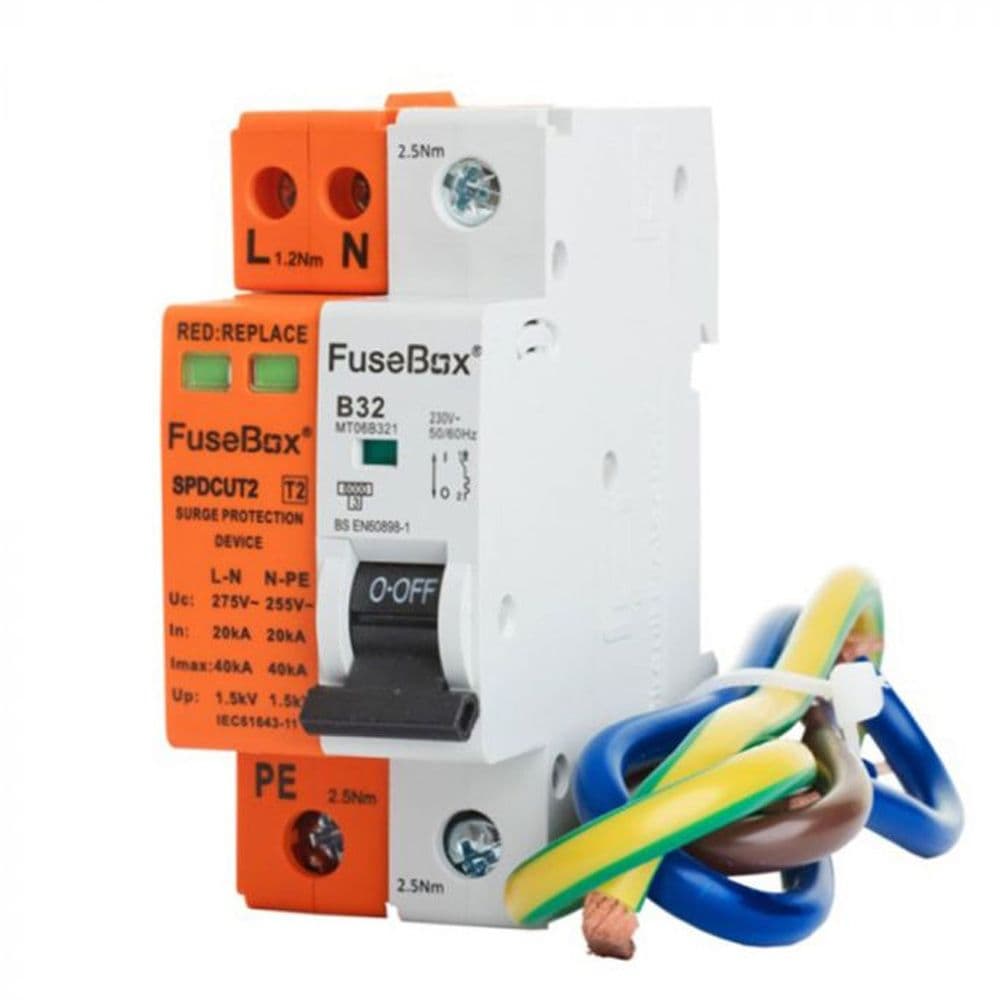
How Far Can a Consumer Unit Be From the Meter?
The distance between the CU and the electric meter should ideally be as short as possible, generally within 3 meters. If a longer distance is necessary, proper cable sizing and additional protection may be required.
Is SPD a Legal Requirement?
SPDs are not always mandatory but are required in installations where overvoltage could result in significant financial loss or safety risks, such as in commercial buildings or homes with sensitive electronics.
Does No SPD Fail an EICR?
The absence of an SPD does not automatically result in a failed Electrical Installation Condition Report (EICR), but it may be flagged as an improvement recommendation.
Does a Plastic Fuse Box Fail an EICR?
Yes, plastic CU’s installed in domestic properties after the 18th Edition regulations may result in a failed EICR, as they do not comply with current safety standards.
Can I Use an RCBO Instead of an RCD?
Yes, RCBOs (Residual Current Breaker with Overcurrent Protection) can be used instead of RCDs. They provide individual circuit protection and reduce nuisance tripping, offering better protection for each circuit.
How Far Should a Consumer Unit Be From a Sink?
They should be installed at least 300mm away from a sink to avoid water ingress and ensure safety compliance with electrical regulations.
Can They Be Installed Inside a Cupboard?
Yes, they can be installed in a cupboard, provided there is adequate ventilation, accessibility, and compliance with fire safety regulations.
Can an Electrician Move a Consumer Unit?
Yes, a qualified electrician can relocate one, but it must comply with current regulations regarding accessibility, fire safety, and wiring distances.
What Are Dual RCD Consumer Units?
Dual RCD version have two Residual Current Devices (RCDs), providing separate protection to different groups of circuits. This helps improve safety and prevent total power loss if one RCD trips.
What Are Dual Tariff Consumer Units?
Dual tariff consumer units are designed for properties with different electricity tariffs, such as day and night rates. They allow separate circuits for appliances that benefit from off-peak rates.
What Are Main Switch Consumer Units?
Main switch consumer units feature a single switch that controls the entire electrical supply to the property, with individual circuit protection normally provided by RCBOs.
Conclusion
Understanding consumer units is essential for ensuring the safety and efficiency of your home’s electrical system. Whether you’re upgrading an old unit or installing a new one, it’s crucial to follow current regulations and seek professional advice where needed. With advancements in technology and regulatory changes, modern CU’s offer enhanced protection and functionality, making them a worthwhile investment for any property.
Find all our range of consumer units from manufacturers such as Fusebox, Live, Hager & WCED here!

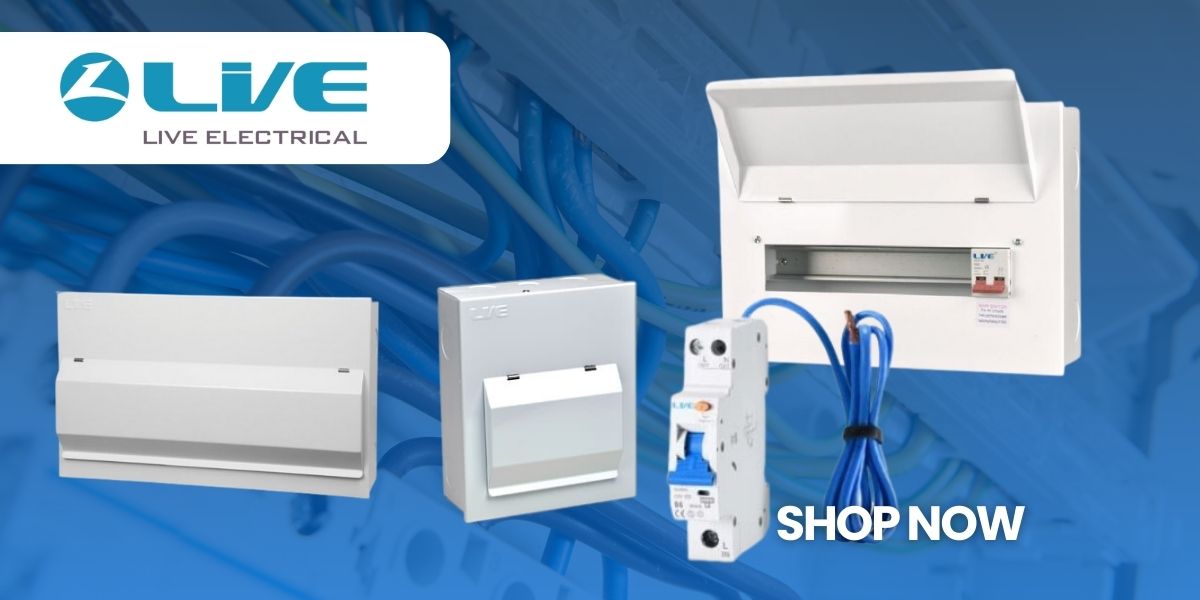



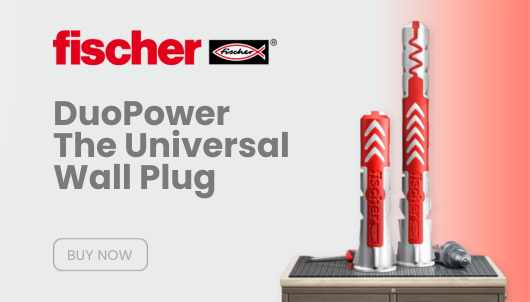
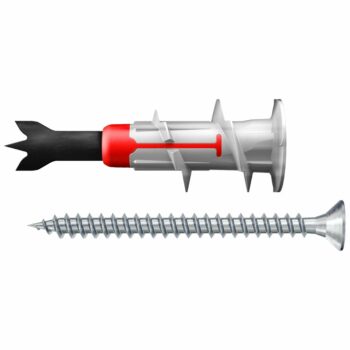
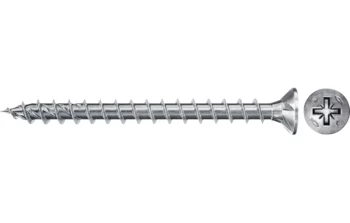

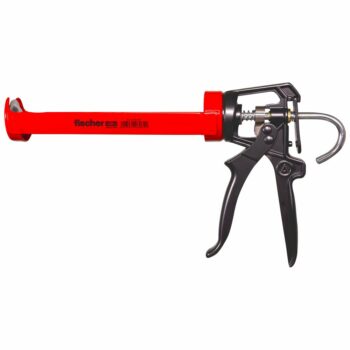
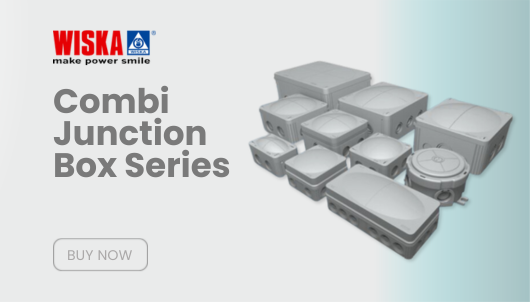
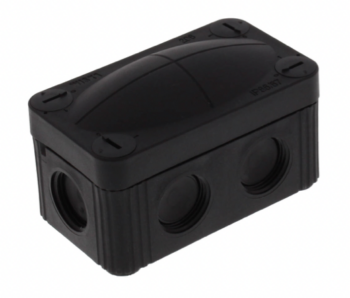
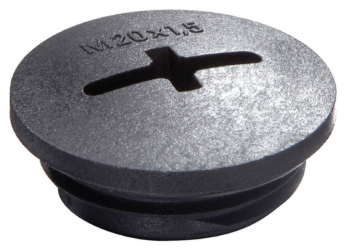
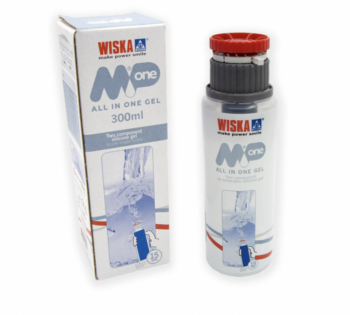
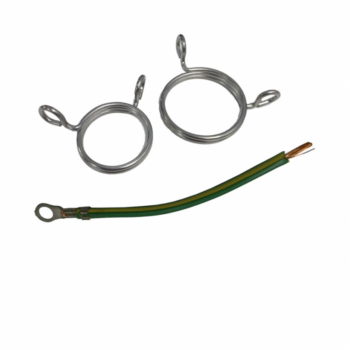
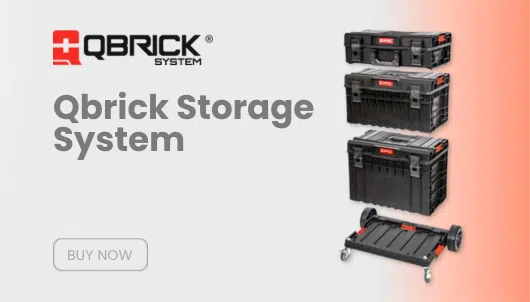
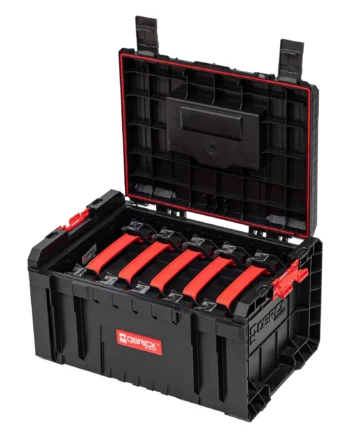
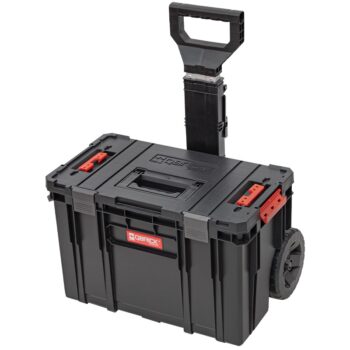
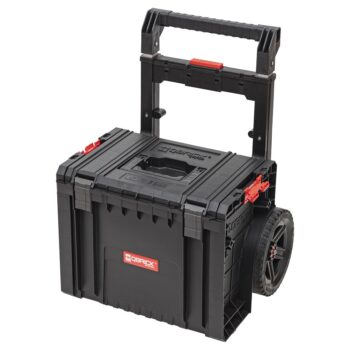
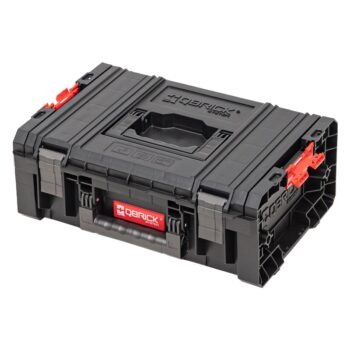


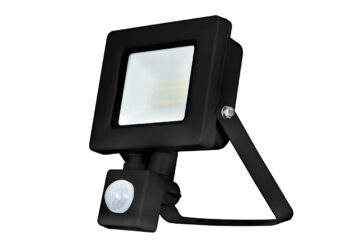
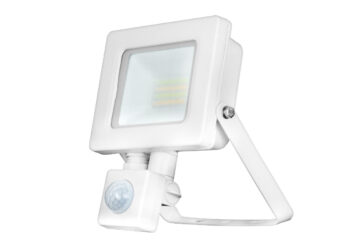
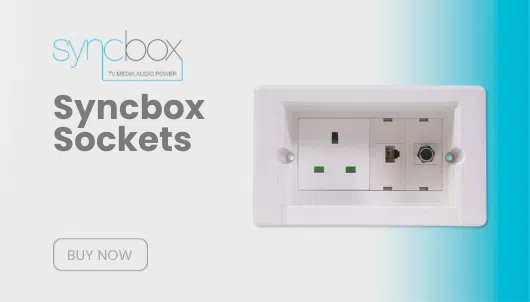
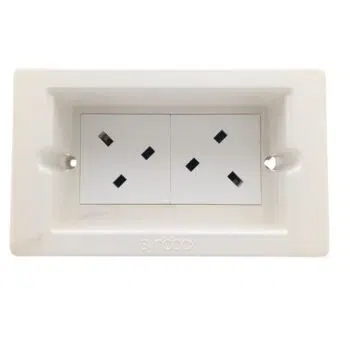
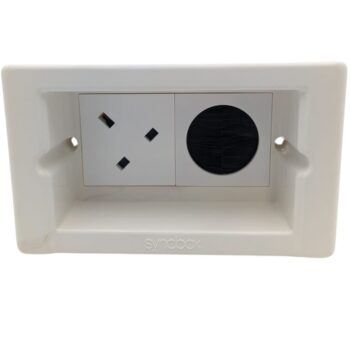
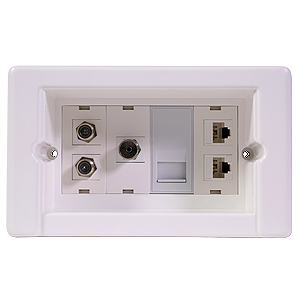
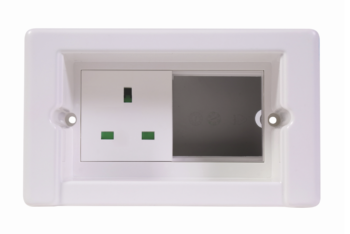
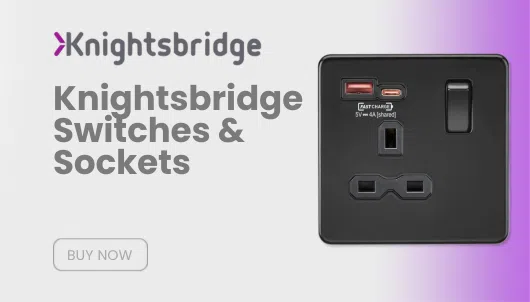
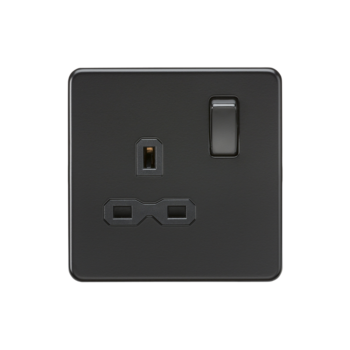
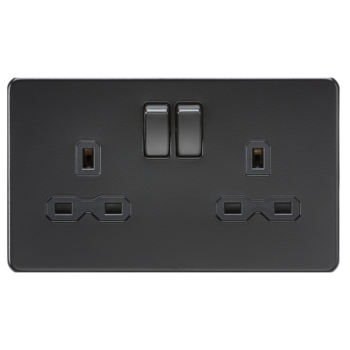
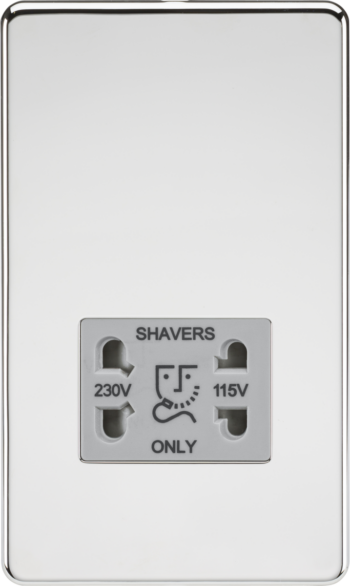
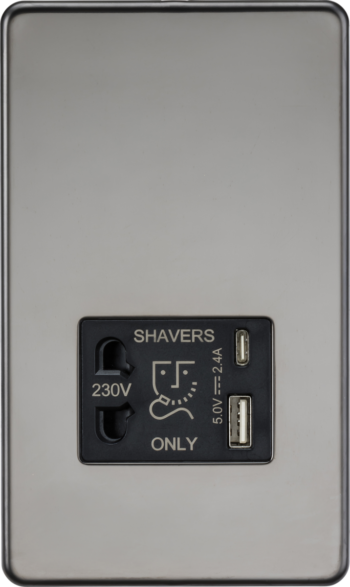






















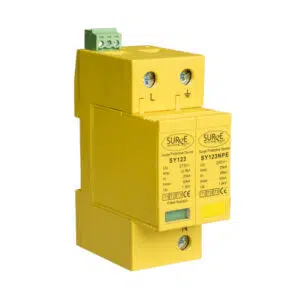
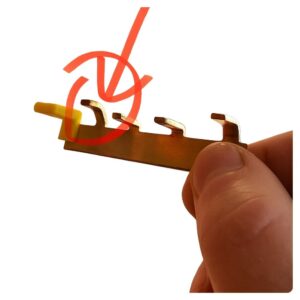
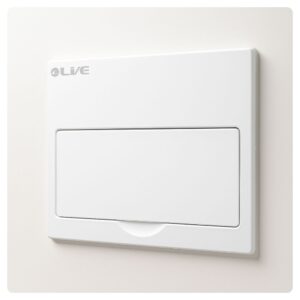
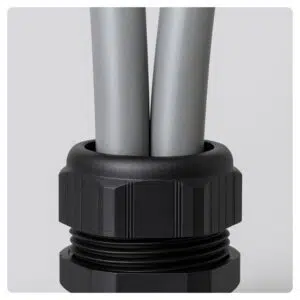
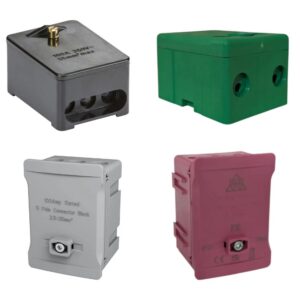
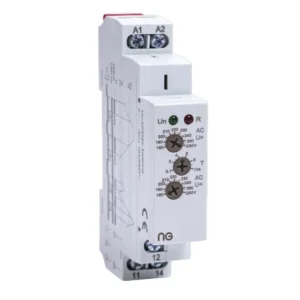
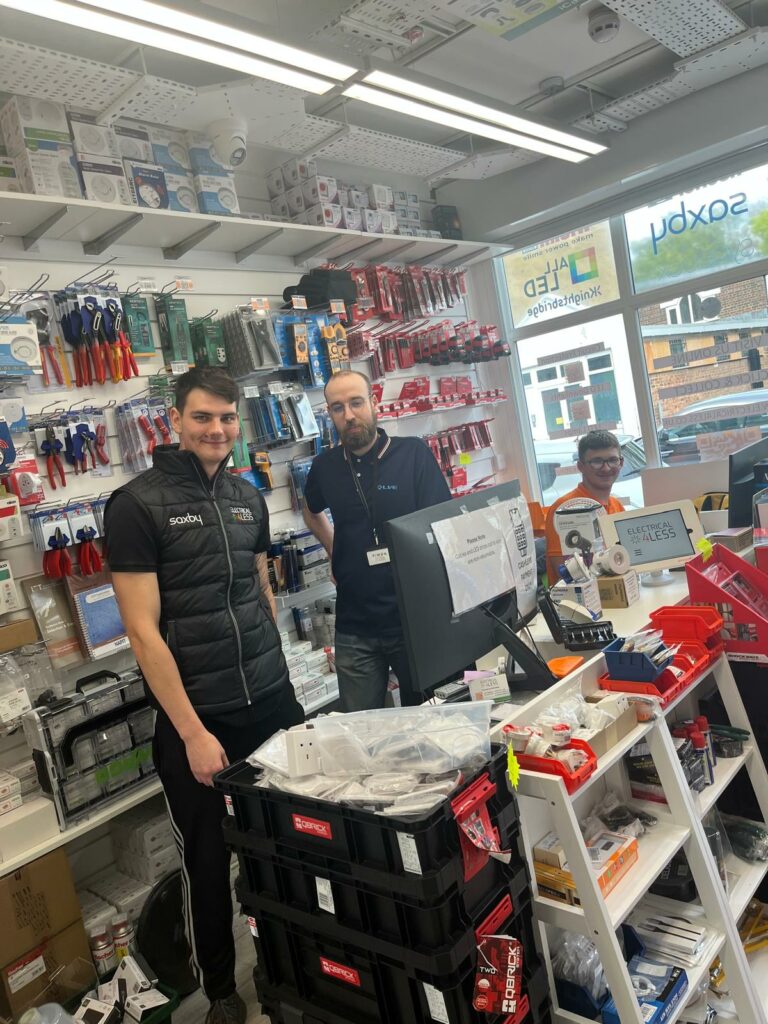
Thank you for your information.
On the 7/5/25 i had a fusebox F2010MX consumer unit fitted. The electrician told me to get a replacement pull out orange spd fuse cartridge when the new one turns from green to red on the indicator. I’ve tried everywhere to buy one. I wondered if this is something you supply. I don’t really know what I’m supposed to get. Thank you for your time and effort.
Thank you for your message.
The orange SPD fuse cartridge you’re referring to is part of the Type 2 Surge Protection Device (SPD) fitted inside your FuseBox F2010MX consumer unit. Unfortunately, the cartridges are not sold individually.
However, you can purchase the full replacement SPD kit and use the cartridge from there when needed.
You can find the correct item here:
👉 FuseBox SPDCUKITT2 Type 2 Surge Protection Device Kit
Please note, we are unable to advise on any electrical work, including replacement or installation of parts. We recommend that all work is carried out by a qualified electrician.
Let us know if you need help sourcing any other items.